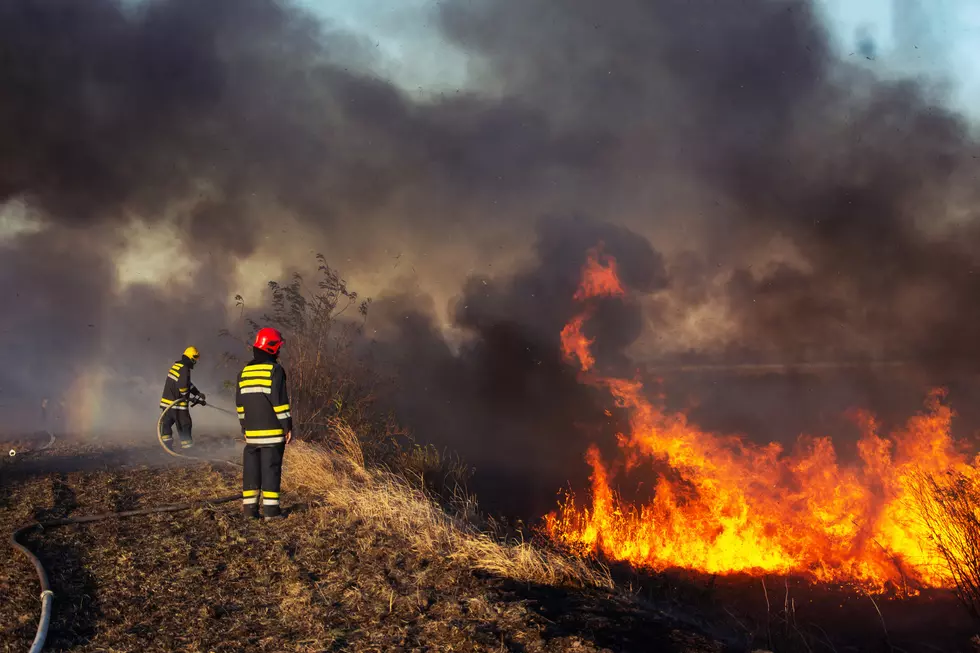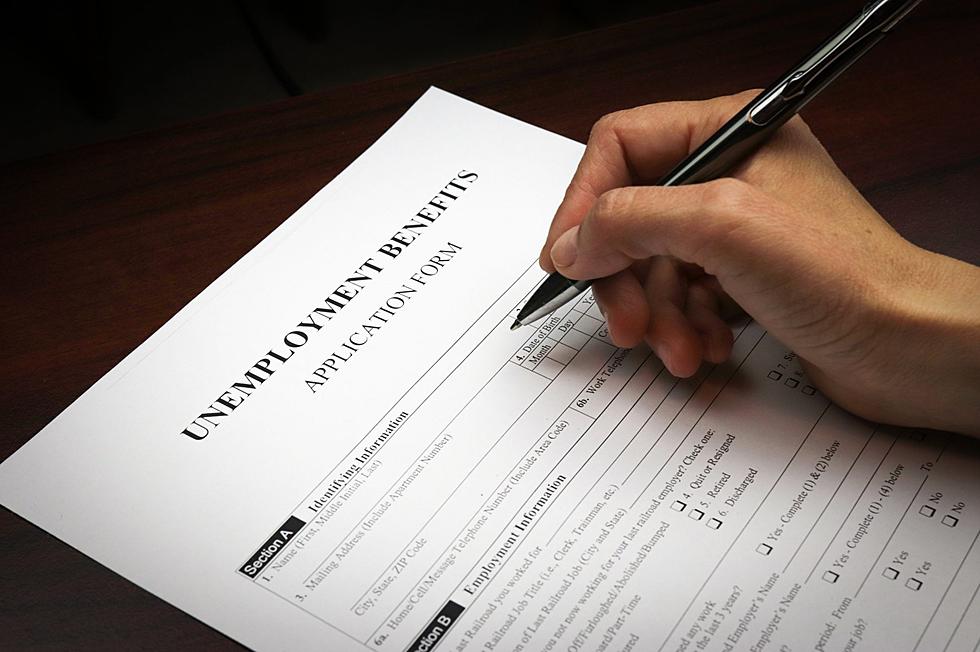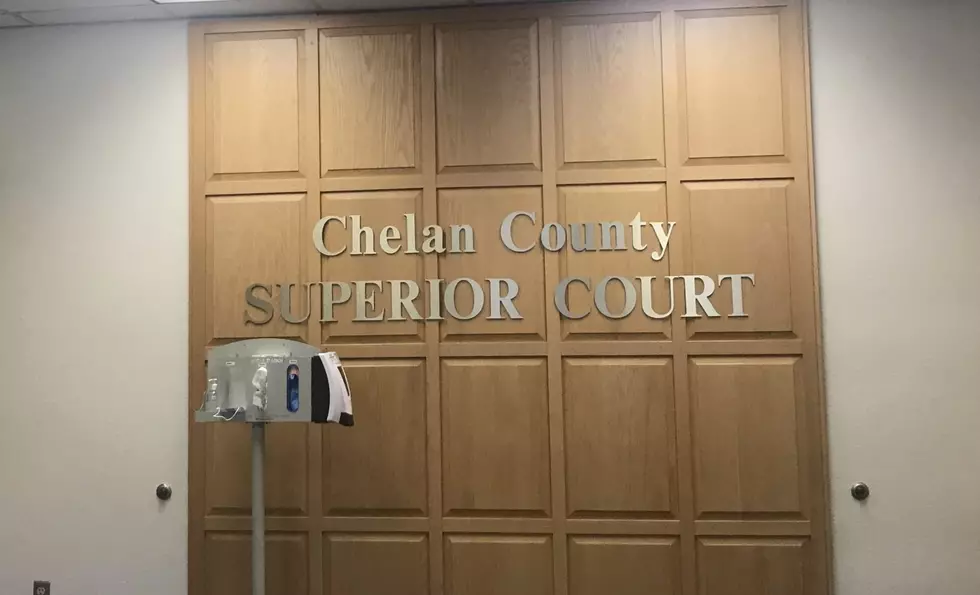
Local Agencies Preparing for 2023 Wildfire Season
Wildfire season in North Central Washington is fast approaching, and agencies throughout the region are getting ready.
Despite several days of unseasonably warm temperatures in recent weeks, this year's spring weather has been largely cooler and wetter than normal.
Wenatchee Valley Fire Department Chief Brian Brett says that's good news for delaying the onset of fire season, but it can also cause ground-level vegetation to grow more vigorously, which leads to an increase in wildfire fuels once it dries out during the summer.
"That is always a concern, so there's a trade off. The wet spring always gives us increased fuel growth and it will dry out. Our area is prime for conflagrations almost every day, all summer long, once those fuels cure out. We have hot temperatures, low humidity, fuels which are receptive to ignition, and plenty of wind. So all we're missing any given day of the summer is an ignition source to have a significant wildfire event."
Current projections are calling for a fire season with moderate activity, but experts are cautioning that things could intensify late in the season, as they did last year.
Brett says his agency, along with many others within the region, are still working on multiple wildfire mitigation strategies for the coming season.
"We've partnered with the Department of Natural Resources to do extensive studies and work up the Squilchuck Drainage and throughout the Stemilt Basin. And currently, we're targeting the Briarwood development to do some pre-fire mitigation to clear the fuels out of there so we can reduce the intensity and ember cast of any fires."
Chelan County is also working to implement ways to reduce the frequency and severity of wildfires in the region.
One county project includes the use of large storage containers that would hold water and be placed at various sites with less access to firefighting resources.
"Our hope with this project is to, for one, be able to extinguish wildfires more rapidly," says Chelan County Commissioner Kevin Overbay. "And two, to hopefully provide for a reduction in insurance rates for the folks that live in those outlying areas where the wildland urban interface is located."
Overbay says the containers are similar to those used to haul cargo by semi trucks and each would hold approximately 21,000 gallons of water.
He says the county is still in the process of procuring the containers from sources in the Dakotas, where many are being surplused after use in the oil fracking industry.
Overbay says Washington Congresswoman Kim Schrier (D) recently assisted in facilitating $1 million in federal funding for the county's container project.
More From NewsRadio 560 KPQ









